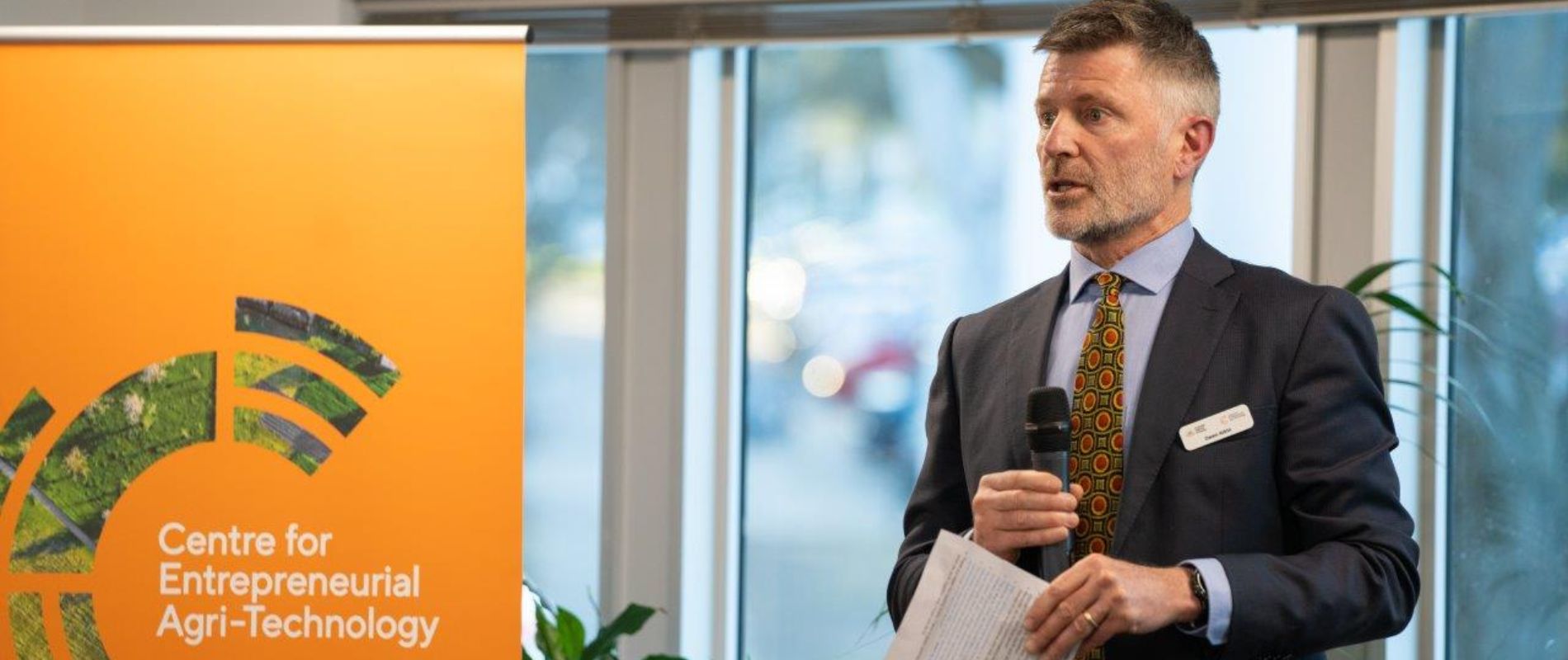With August ending, researchers at ANU have been busily preparing to begin field work on a four-year, $1.9 million project funded by the Grains Research Development Corporation that will help Australian wheat breeders develop novel heat tolerant wheat germplasm. In collaboration with cereal breeding company InterGrain, Australian-based universities (Uni Sydney, Uni WA and Uni New England) and overseas partners (International Maize and Wheat Improvement Center, Lancaster University and Essex University), the project will use a range of rapid, non-invasive methods to quantify the impacts of heat on the metabolic processes that underpin the growth and yield of wheat. Past work has identified that heat tolerance of wheat varies a lot among germplasm used in breeding programs. However, to accelerate breeding of new lines of wheat tolerant wheat, breeders need information on which underlying metabolic traits best define and determine yield in hot climates. The ANU-USyd-UNE-Intergrain project is designed to address this need, with the partners using cutting-edge technologies and data sciences to quantify the impact of heat on energy metabolism of wheat plants growing at sites in NSW and WA.
The GRDC-funded project is particularly timely given the extremes in temperature recorded across the globe over the past three months, with July being the hottest month ever recorded. More broadly, for every one degree celcius increase in global mean temperature, wheat yields are predicted to decrease by six per cent or more, with future warming likely to reduce Australian yields by up to 14 per cent by 2050.
CEAT is proud to have played a central role in designing and delivering the project, which has the potential to help create a step-change in heat-stress resilience of one of our most important export crops.
Research such as this will be vital if Australia is to play its part in meeting the nutritional needs of a growing global population – a challenge made all the more acute and urgent by climate change. To do this, we need to change how we do R&D to ensure it is targeting the multitude of issues created by changing climates. We also need to increase the total amount of funding available for R&D. And yet, in August, the Australian Bureau of Statistics reported that Australia’s expenditure on R&D as a percentage of GDP has fallen from 1.8 per cent in 2019-2020 to 1.68 per cent in 2021-2022. This is a far cry from the Government’s ambition to lift national R&D expenditure to three per cent. Clearly, we have a way to before this much needed ambition is realised.
August was also the month that CEAT hosted a networking event to celebrate our achievements over the past five years. The event was also an opportunity to announce that the ANU will continue to support the CEAT Innovation Institute – through a cash investment of $12.8 million – for a further five years, starting 2024.
For this next phase, the scope of external challenges relevant to CEAT will intentionally be broader than that of CEAT when it first started; rather than being limited to the agri-tech domain, we will invest in initiatives that address a wide range of complex agri-food challenges. Importantly, we will harness the full interdisciplinary capability of ANU, drawing on expertise in the STEM and HASS disciplines, to address a range of complex agri-food challenges.
The funding will enable CEAT to invest in programs designed to help address complex challenges in a range of thematic areas targeting issues such as:
- How to create step changes in the yield potential and stress resilience of broadacre crops as well as dramatically reducing input requirements (e.g. water and nutrients) for those crops
- Dealing with threats to Australia’s agri-food sector from a range of pests & diseases, with solutions requiring integration of biology, technology, social licence, regulation and policy dimensions
- Harnessing the potential of bio-factories to produce new types food in ways that reduce the environmental footprint of the agri-food system while also meeting the needs of consumers
- Leveraging the infrastructure and skill sets of ANU to help Australia demonstrate where, when and how food was produced
- Reducing net carbon emissions of the agri-food system and improving energy capture and storage on farms.
I am proud of what CEAT has achieved since its launch in 2018 and excited about the next phase of our journey. Importantly, the success of CEAT would not have been possible without the support of a wide range of individuals and organisations.
I particularly want to thank the ACT Government for their support in helping establish CEAT, as well as our partners at CSIRO who helped shape the earlier CEAT model. To our industry partners, we appreciate your ongoing investment in the research and development which will shape our agri-food system for decades to come.
At ANU, the support of academics, the CEAT team and CEAT Governance Committee, ANU professional staff, School Directors and College Deans have all been critical to CEAT’s establishment. And finally, CEAT would not exist without the ongoing support of our Vice Chancellor Brian Schmidt, Deputy Vice Chancellor (Research and Innovation) Keith Nugent and Director of Research Initiatives and Infrastructure Ute Roessner.
Finally, as noted in earlier messages, there is still space in our Hub. So, if you have a business with an agri-food focus that would benefit from unique access to ANU researchers and infrastructure to support your R&D and growth, please get in touch with the CEAT team at [email protected]. We also welcome interest from businesses headquartered outside Australia with an interest in being based at ANU, in our nation’s capital.
Cheers,
Owen
